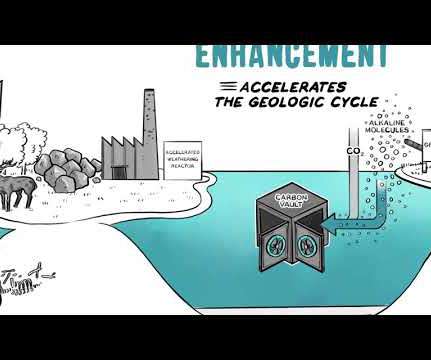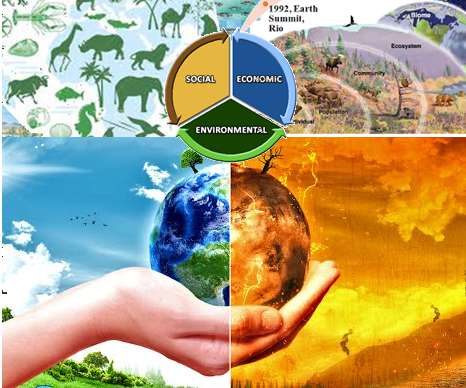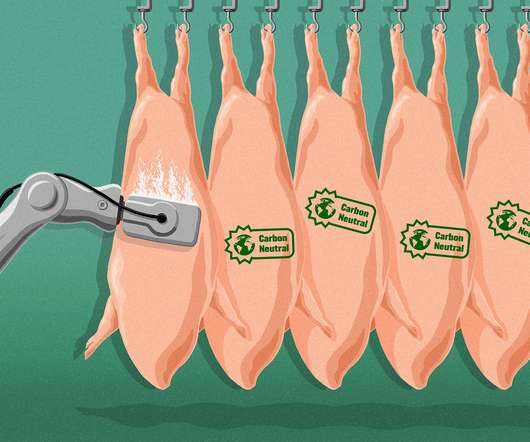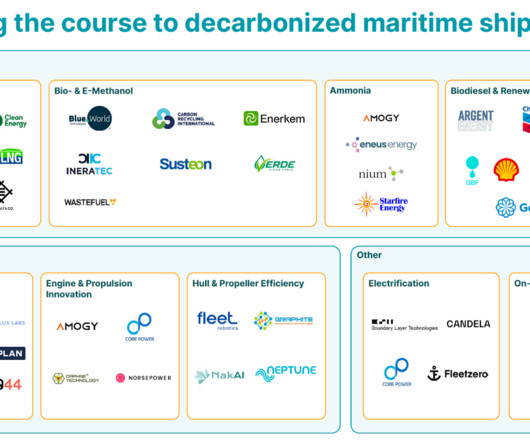Leveraging the ocean's carbon removal potential
GreenBiz
NOVEMBER 11, 2020
Leveraging the ocean's carbon removal potential. Achieving this not only will require reducing existing emissions, but also removing carbon dioxide already in the air. Achieving this not only will require reducing existing emissions, but also removing carbon dioxide already in the air. Katie Lebling. degrees Celsius 2.7


















Let's personalize your content